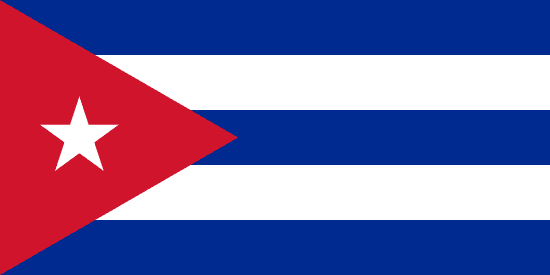"La Habana no aguanta más | Havana can't take it anymore"
About:
Havana, the capital of Cuba, was founded by the Spanish in 1519. It became a key trans-Atlantic shipping port, and by the 17th century, it was one of the Caribbean's main centers for ship-building. Havana was captured by the British in 1762, but returned to Spain a year later. It flourished in the 19th century due to sugar exports. Post-1959 Cuban Revolution, Havana became a symbol of Communist rule in Latin America. Despite economic challenges after the fall of the USSR, Havana remains Cuba's cultural and economic center.
When to visit:
Havana, the capital city of Cuba, welcomes tourists year-round due to its tropical climate and vibrant culture. However, the best time to visit Havana on a holiday is during the dry season, which typically runs from November to April. This period offers pleasant weather with sunny days and cooler nights, making it ideal for exploring the city's historic sites, colorful streets, and lively music scene. Additionally, visiting during these months allows travelers to avoid the rainy season, which can bring heavy downpours and humidity to the region.
When to avoid:
Traveling to Havana, Cuba during the holiday season in late December can be challenging due to the high influx of tourists and increased prices for accommodations and attractions. The city experiences a surge in visitors during this time, leading to crowded streets and long wait times at popular sites. Additionally, the weather in late December can be hot and humid, making outdoor activities less enjoyable. It is recommended to plan your trip to Havana during the off-peak season to avoid the crowds and higher costs typically associated with holiday travel.
"Wet Season (May–Oct)"
In Havana, January to March is the coldest period, with temperatures averaging 70°F. Rainfall is minimal, usually 10-20mm, making it a relatively dry season. The sun shines for approximately 6-7 hours a day, with cloud cover varying. February is the coldest month, with occasional cold fronts. Despite this, it's generally warm compared to many places. An average day for a visitor may involve a light jacket in the mornings and evenings. Sunny afternoons are perfect for exploring the city's vibrant streets and relaxing at the beach.
"Summer (May–October)"
In Havana, Cuba, the warmest part of the year typically stretches from June to August. During this period, the average high temperature ranges from 31°C (88°F) to 33°C (91°F). The average low temperature is usually around 23°C (73°F).
Rainfall is quite significant during these months, with June being the wettest month of the year. The average rainfall during this period is about 80-100mm per month. This usually comes in the form of brief, heavy showers, often in the afternoon, leaving plenty of time for sunshine.
The city experiences an average of 7-8 hours of sunlight per day during these months. However, the humidity is quite high, usually hovering around 80%, which can make the heat feel more oppressive.
Cloudiness varies, but the sky is often partly cloudy due to the frequent afternoon showers. Despite this, there are still plenty of periods of clear, sunny skies.
For a visitor, a typical day in Havana during the warmest part of the year would start with a warm, sunny morning. As the day progresses, the heat and humidity would increase, often culminating in a brief, heavy afternoon shower. After the rain, the skies typically clear up again, offering a warm, humid evening. Despite the heat and humidity, the vibrant culture and energy of Havana continue unabated, making it an exciting destination for travelers.
Language:
In Havana, the capital city of Cuba, the most commonly spoken language is Spanish. This is due to Cuba's history as a Spanish colony. The Spanish spoken in Havana is characterized by the accent and dialect specific to the region, known as Cuban Spanish. Other languages spoken include English, primarily among the expatriate community and in the tourism industry.




